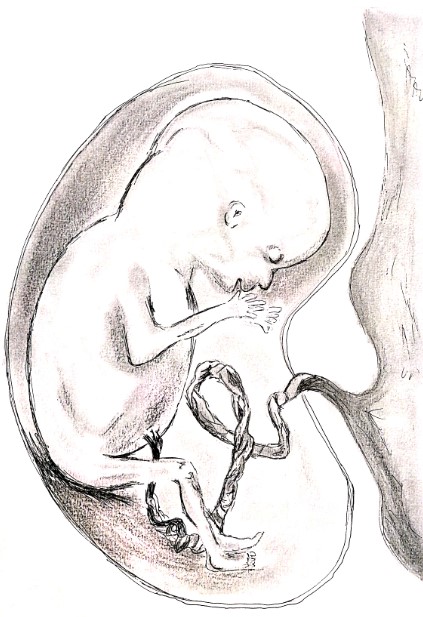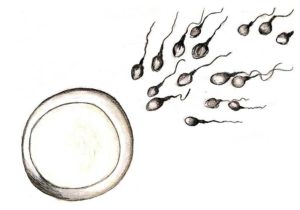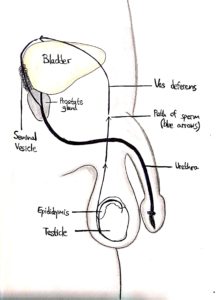Intrauterine Insemination (IUI), where a small volume of concentrated, motile sperm cells are injected directly into the woman’s uterus, is often one of the first treatments recommended to patients with unexplained infertility.
As preparation for the IUI, the semen sample must be treated in order to create this final volume. The untreated sample contains a mixture of motile, non-motile, and dead sperm cells, along with other debris unnecessary for insemination. There are several different methods used to separate the motile sperm from the rest of the sample.
The first method is basic sperm wash. The sperm sample is mixed with a special medium and centrifuged, or spun very fast, to separate between components of the sample. The bottom layer, containing the sperm, is then used for the IUI. This technique is utilized when the semen sample is lower quality, and it allows a higher number of spermicide cells—both motile and immotile—to reach the final sample, while eliminated the debris.
The second method is known as the swim-up technique. It is based on the ability of the sperm cells to swim and is therefore used on higher quality semen samples. The sample is layered beneath the culture medium and incubated for 1 hour at a 45-degree angle, giving the motile sperm time to swim up into the medium. The upper layer is then removed, washed, and used for insemination.
The third method is the density gradient centrifugation. This technique can be used to prepare lower-quality semen samples, where the sperm have lower motility and there is a lot of debris. It separates between higher and lower quality sperm based on their densities. The sample is layered on top of a higher density solution and centrifuged. The force of centrifugation allows the motile sperm to swim downwards into the solution, while the non-motile sperm and other debris remain trapped on top. After centrifugation, the top layers are removed, while the bottom layer containing high-quality sperm is washed and used for insemination.



